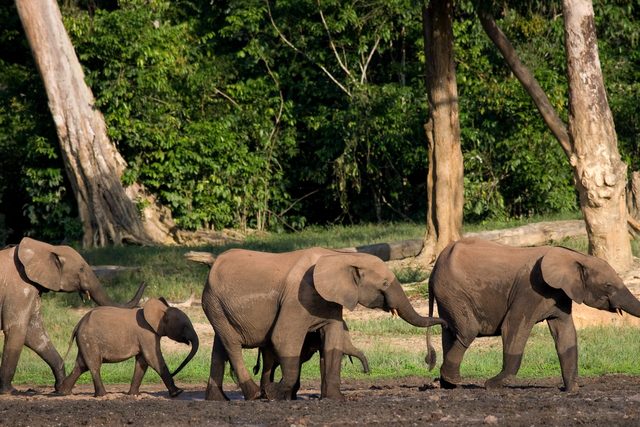
Endangered animals
Just because you see them at the zoo doesn’t mean they’re doing all right in the wild. The number of these animals in the wild has been decreasing for quite some time. Soon, they could be completely gone.
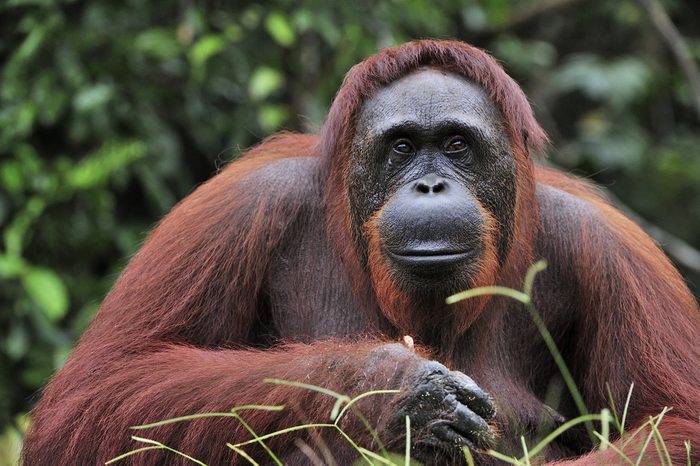
Orangutans
There are three species of orangutans: Bornean, ones that prefer the ground over the trees; Sumatran, which have longer facial hair and develop closer bonds with each other; and Tapanuli, which inhabit only a single forest in Sumatra. A century ago, their global population was more than 230,000. Now there are about 104,700 Bornean (critically endangered status), 7,500 Sumatran (critically endangered status), and only 800 Tapanuli orangutans left. But there is still hope because these 16 incredible animals came back from the brink of extinction!
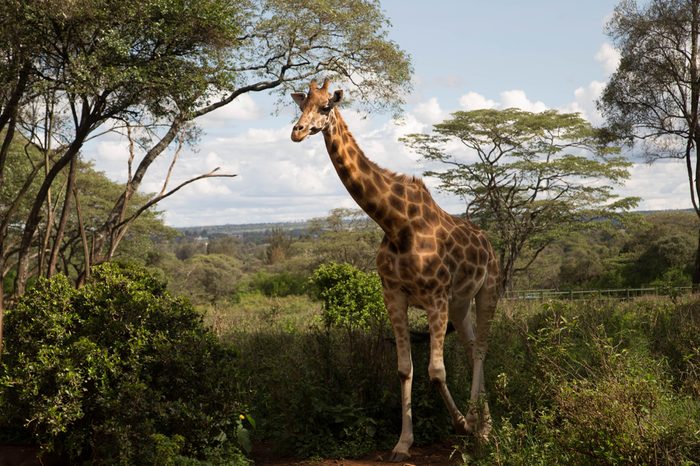
Giraffes
The International Union for the Conservation of Nature and Natural Resources (IUCN) has put some giraffes at a critically endangered status. There are only 4,000 Kordofan and Nubian giraffes left, according to the IUCN. The reticulated giraffe is also listed as endangered. The giraffe population has declined primarily due to loss of habitat, civil unrest, and poaching. Some giraffes are killed just for their tails, which are considered status symbols in parts of Africa. This is how coronavirus is affecting the world’s endangered animals.
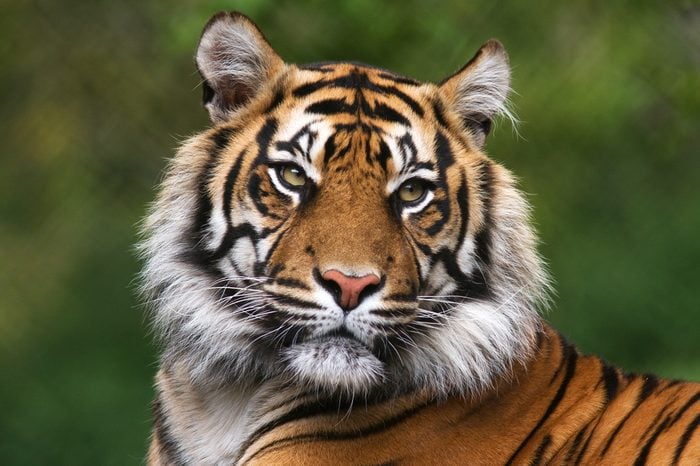
Tigers
All six tiger species are endangered, with Sumatran and South China tigers at a critically endangered status. Some scientists even consider the South China tiger to be “functionally extinct” since it hasn’t been seen in the wild in more than 25 years. The main reasons for their population decline are poaching and destroyed habitats, as humans clear forests to gather timber and build roadways. Only about 3,890 tigers currently live in the wild. Check out these common “facts” about animals that you have all wrong.
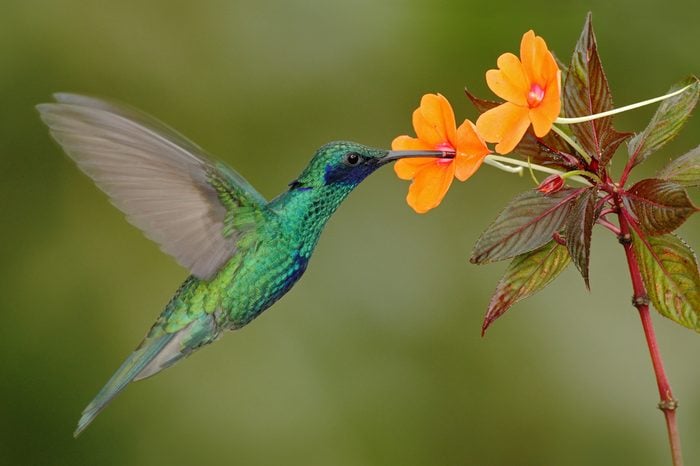
Hummingbirds
Seven hummingbird species, all found in the Americas, are endangered, primarily because of deforestation. The chestnut-bellied hummingbird has 600 to 1,700 mature individuals, and there are fewer than 300 sapphire-bellied hummingbirds left.
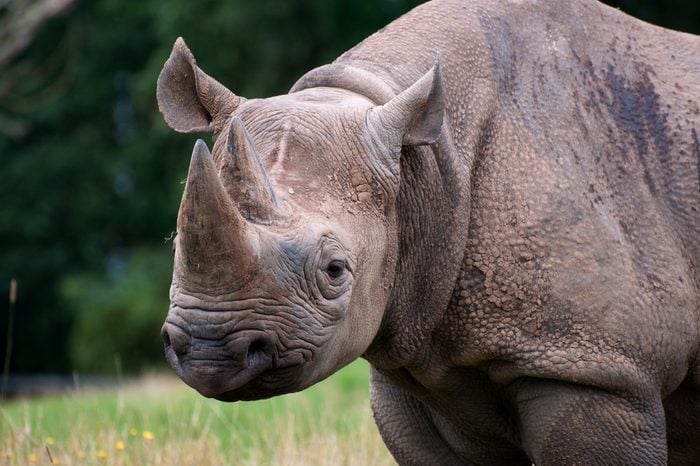
Black rhinos
Black rhinos are critically endangered, with slightly more than 5,000 left in the world. The rest have succumbed primarily to poaching and illegal trading for their horns. Between 1960 and 1995, hunters killed 98 percent of Africa’s black rhinos. But numbers have been steadily increasing thanks to conservation efforts.
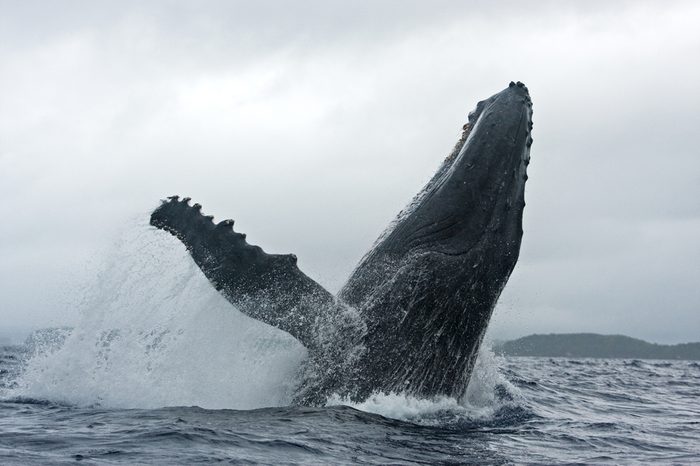
Whales
As few as 400 North Atlantic right whales remain in the wild, with fewer than 100 breeding females left. In fact, six out of the 13 great whale species are endangered. Pollution is a major threat for these aquatic giants, plus, according to the World Wildlife Fund, more than 1,000 whales are killed every year for commercial purposes.
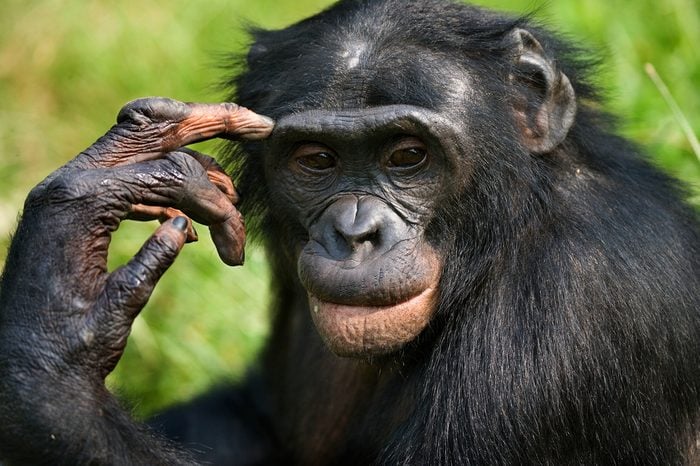
Bonobos
War hurts more than just humans. Civil unrest in the Democratic Republic of the Congo has made bonobos more vulnerable to poachers and continues to destroy their forest homes. It’s unclear how many bonobos there are—probably 15,000 to 20,000—but scientists believe their population will continue to decline over the next 50 years. Conservation efforts are necessary to make sure that they don’t go the way of these animals that have gone extinct in the last 100 years.
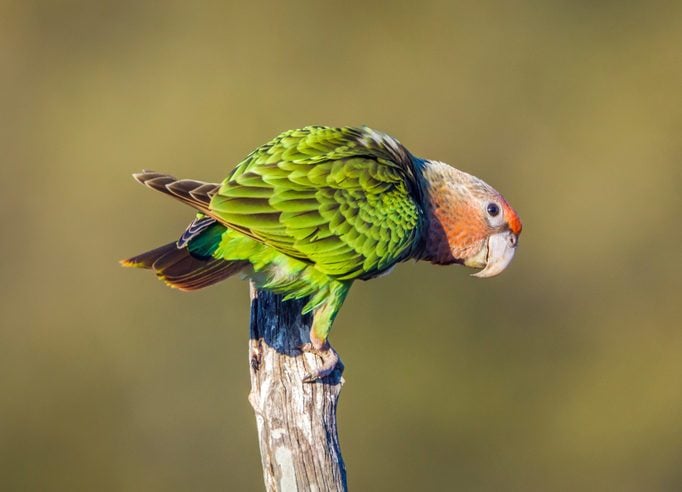
Parrots
An estimated 52 parrot species are marked as endangered or critically endangered, according to the IUCN. The Cape parrot is just one of the many parrot species in dire danger of extinction in South Africa. In fact, this parrot bears the dubious title of Africa’s rarest parrot because fewer than 2,000 of them are left. The massive deforestation of the yellowwood forests, the Cape parrot’s home, has played a large role in their rapidly declining numbers. Steve Boyes, the scientific director for the Wild Bird Trust, told National Geographic that South Africa needs to protect at least 18 percent of its indigenous yellowwood forests to give the Cape parrots a chance at rebuilding their population.
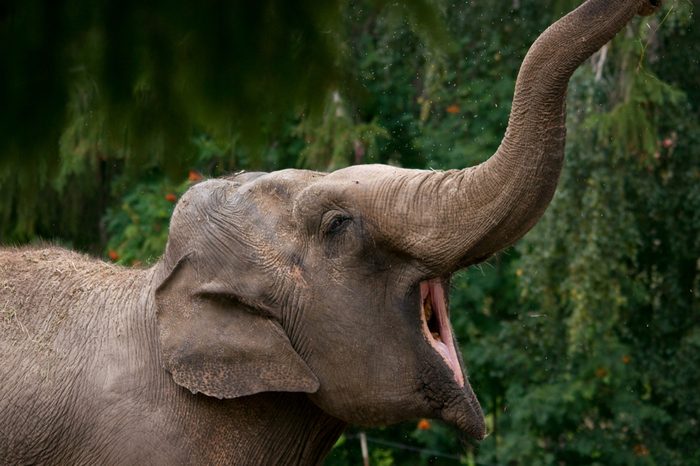
Asian elephants
The main threat to Asian elephants, one of the most intelligent animals, is their shrinking habitat. As the human population grows, people invade their land to build roads and railway tracks. Elephants in Myanmar are at an especially high risk for being captured and traded or used illegally in the tourist industry. It is unknown just how many elephants are left on the entire continent, but experts estimate numbers could be fewer than 40,000.
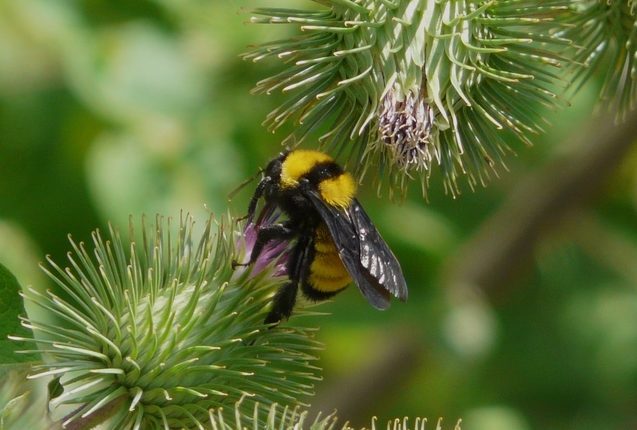
North American bumblebee
The Bombus fraternus is a bumblebee species found in the United States, commonly known as the Southern Plains bumblebee. The buzzing bee’s abundance has shrunk nearly 86 percent when compared with historical records dating back to 1805. Scientists estimate that this species could potentially go extinct in the next 90 years, if the same rate of decline occurs. Habitat loss and pesticide use are two of the main culprits for the endangered status of this important pollinator. It’s sobering but important to learn about these animals that could go extinct within your lifetime.
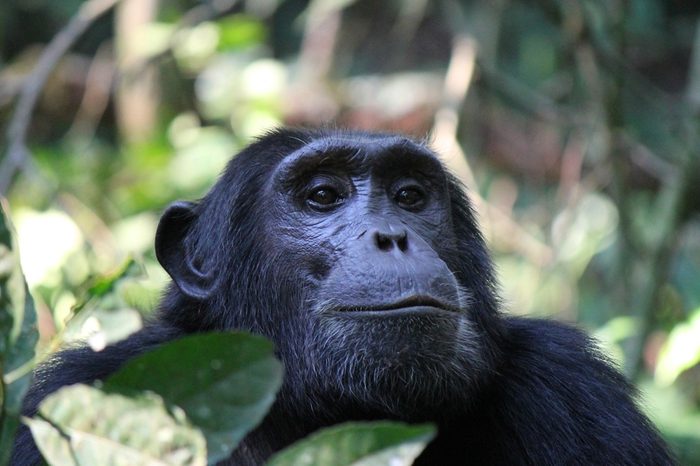
Chimpanzees
Game meat from chimps, called bushmeat, has become a delicacy for wealthy African residents, which makes the chimps a prime target for poaching. Additionally, baby chimpanzees are taken from their natural habitats and sold as pets in nearby cities. Their current population is somewhere between 173,000 and 300,000. Here are 7 animals who have incredibly long lifespans.
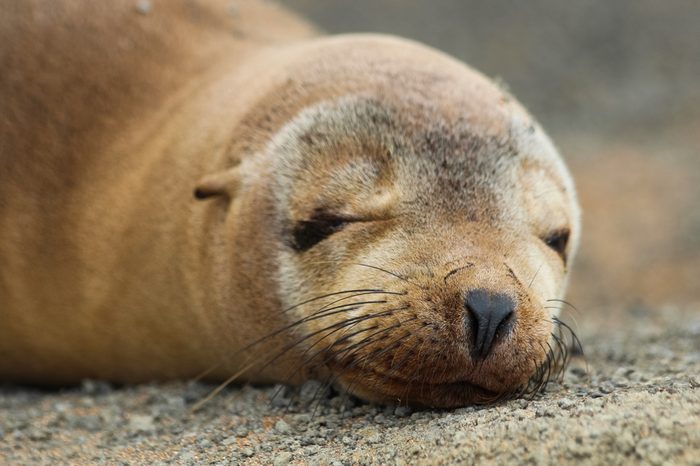
Galápagos sea lions
Sea lions native to the Galápagos Islands are on the endangered species list. Their main threats are pollution, infectious diseases from invasive and native species like dogs, and climate change. Even bycatch, which occurs when sea lions are accidentally caught in fishing equipment while commercial fishers are trying to catch other fish, is an issue. There are only about 9,000 to 10,000 sea lions left and the odds are likely that these numbers will only decrease further in the future. Check out some more amazing animals you can only find in one place in the world.
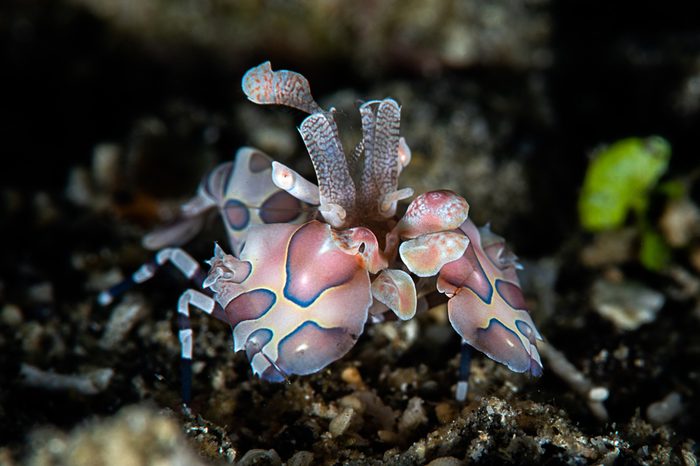
Shrimp
Three Indonesian shrimp species, red line, sun stripe, and harlequin, make IUCN’s Red List of endangered species. Scientists do not know how many of these crustaceans are left, but they are certain that nickel mining in Lake Matano, invasive species, and being regularly collected for aquariums are to blame for their declining population size. You’ll love these adorable pictures of baby animals.
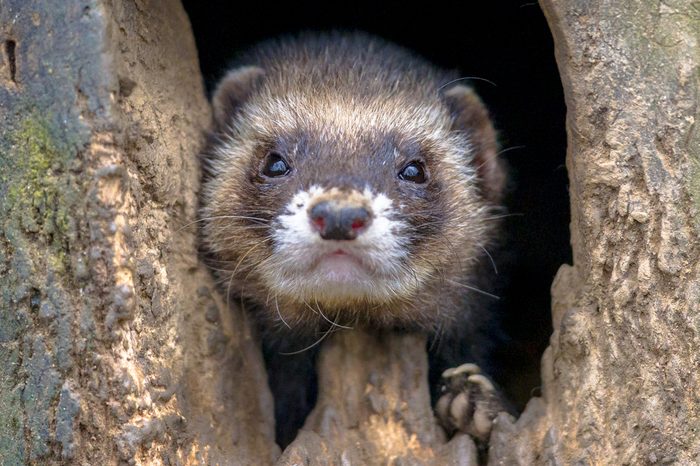
Ferrets
That’s right, your cuddly pet ferret is endangered. Black-footed ferrets nearly went extinct back in the 1980s, but their numbers were replenished thanks to efforts to reintroduce the species to its grassland habitat in the United States. Today, nearly 206 ferrets live in the wild. Only time will tell if these animal conservationist efforts truly pay off in the future. Next, check out these hopeful photos of adorable endangered animals that are making a comeback.